How do diabetics eat rice to slow the rise of sugar?
Eating rice is a Chinese tradition, and we grew up eating white rice, yet a long-term diet of refined white rice and noodles is one of the reasons for the high prevalence of diabetes in China, as confirmed by many studies in recent years.
This is because rice loses its most important nutrients, the germ, and the bran layer, the source of fiber, during the refining process. Also, refining elevates the glycemic index of rice. So how do we lower the glycemic index of rice when we eat it? Here are three tricks to teach you.
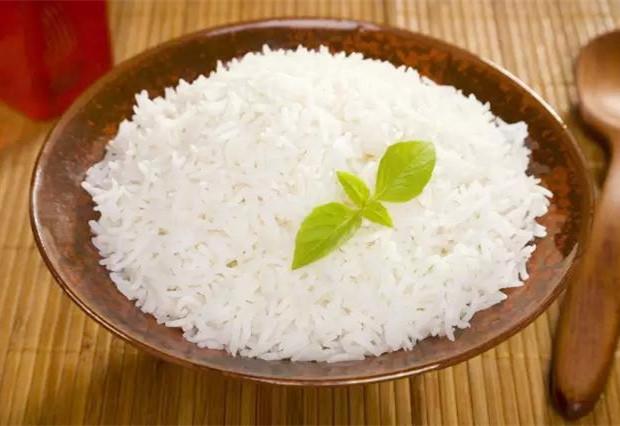
1. Refrigerate the rice
This is a very easy way to make a simple bowl of sugar-controlled rice by simply chilling the cooked rice in the refrigerator. The reason is that after refrigeration, the starch structure of the rice is changed, increasing the amount of resistant starch. Resistant starch is a type of hard-to-digest starch that slows down digestion and absorption, and also tends to make people feel full, which slows down the rise of blood sugar.
2. Make the rice thicker and messier
When cooking rice, you may want to add some of the coarse grains, such as brown rice, black rice, and germ rice. The best combination is not to use a single rice, but rice, coarse grains, beans, nuts, etc. together with the same cooking. One adds B vitamins and minerals, and the other also complements the protein nutrients. The key is that this combination can also effectively reduce the glycemic index of rice! Be careful not to cook the rice too soft, and keep both beans and rice grains intact.
3. Give the rice more color
Cooking rice with green peas, orange-red carrots, and yellow corn kernels is aesthetically pleasing and provides antioxidant components such as vitamins and carotenoids, which can help prevent under-eye lesions. Another example is choosing purple potatoes and black rice to eat with white rice, which also provide high levels of anthocyanin-like antioxidant components that can prevent neuropathy and cardiovascular disease.
Besides eating white rice in moderation, sugar lovers can also choose more brown rice and whole grains. Brown rice is rich in high-quality protein, and the zinc, chromium, manganese, vanadium and other trace elements contained in brown rice are beneficial to improving insulin sensitivity, which is helpful for people with impaired glucose tolerance. Studies have found that eating brown rice is especially beneficial for diabetics and obese people because the starchy material in it is wrapped in coarse fiber tissue, which is digested and absorbed by the body more slowly, thus providing good control of blood sugar.
Sugar man health network, a temperature control of sugar platform, welcome to pay attention to the questions and answers!
In order to reduce postprandial blood glucose, many sugar addicts will reduce the amount of rice consumed. Some of them even do not eat rice at all because they mistakenly believe that "rice and other staple foods are junk food". So what is the truth? How should diabetics eat staple foods?
Everyone knows that reducing carbohydrate intake helps stabilize blood sugar. But there is one thing to emphasize: staple food is not equal to carbohydrates, it contains vitamins, minerals and other trace elements in addition to starch. Moreover, carbohydrates are the main source of energy for the human body, and the energy provided by carbohydrates in our recommended diet should account for the total energy of the50%Above. So not eating starchy staples (carbs) is not reasonable.
Different kinds of rice have more and less carbohydrates, and higher and lower glycemic index (GI). How can you be smarter about choosing high-quality staple foods for sugar lovers?
1. Different varieties have different blood sugar responses
Starch can actually be divided into two categories: straight chain starch and branched chain starch. Among them, straight-chain starch is resistant to wetting and swelling, less water-soluble, has a higher pasting temperature, and does not produce insulin resistance, and in turn can form complexes with fats, reducing digestion and absorption. ThereforeHigh straight chain starch foods are one of the ideal foods for sugar lovers。
Generally speaking, rice looks more elongated, it has a relatively high content of straight chain starch and a relatively low GI. And rice with high rectilinear starch looks more loose, less sticky and harder when cooled.
It has also been shown that the GI prediction of indica rice in the south of China is lower than that of japonica rice in the north, which in turn is lower than that of glutinous rice, so it is recommended that glutinous rice not be consumed or consumed in small quantities when blood sugar control is poor.
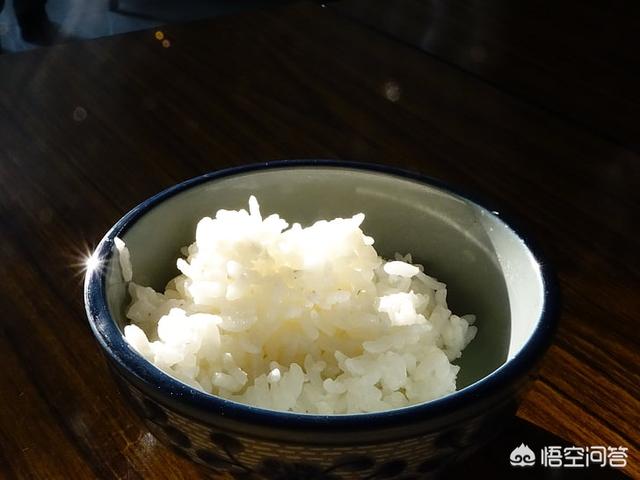
2. The finer the processing, the greater the glycemic response
Coarse grains, which are higher quality carbohydrates, are recommended for sugar lovers to cook rice with the addition of1/3of coarse grains, and for those with better gastrointestinal function, you can also add the1/2of roughage, but it is recommended to include a mix of different roughages such as brown rice, corn, oats, quinoa, etc.
Because a lot of rice on the market now belongs to the refined grains, although it tastes good, easy to digest and looks white and bright, but in the process of fine grinding, polishing and other processing will lose a lot of nutrients needed by the human body.
There are also tests found: some types of fragrant rice, the content of its B vitamins is nearly 0, inhibit blood sugar, lipid absorption of substances in the processing has been destroyed. Therefore, many sugar lovers eat staple food, the speed and magnitude of postprandial blood sugar rise is more violent.
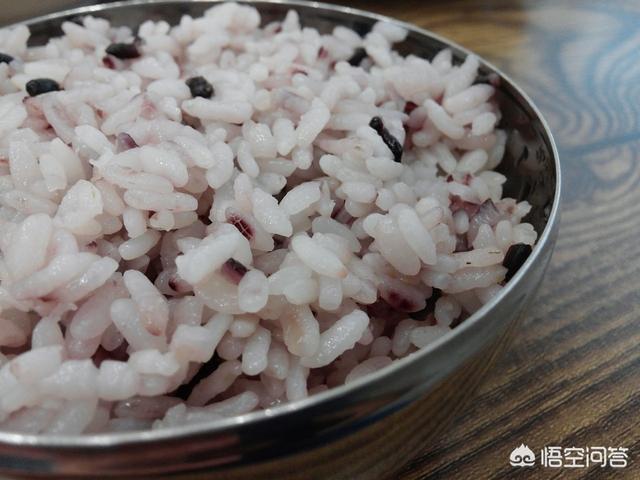
3. Overcooked, high blood sugar response
As an example, sugar lovers who drink congee have a faster rate of glycemic rise, which may also cause high and fluctuating blood glucose. So even rice with a low glycemic index may not be a low GI diet after cooking.
Generally speaking, the longer the cooking time, the higher the temperature and the more rotten the rice is cooked, the higher its GI value will be. Therefore, staple foods should try to choose varieties with a lower GI, and under the premise of being able to cook, appropriately reduce the cooking time, the amount of water, and should not be soaked for a long time in advance.
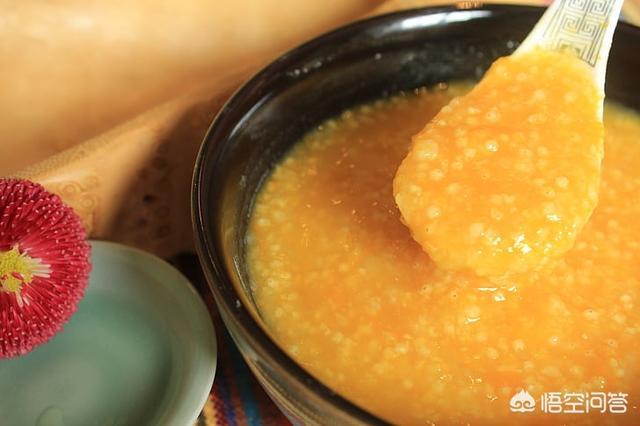
4. Appropriate cooling to assist in lowering glycemic response
Rice, potatoes and other foods contain resistant starch, which is digested and absorbed more slowly, so it will not cause blood sugar to rise too quickly after consumption, which helps blood sugar balance. Moreover, resistant starch has the effect of enhancing satiety and reducing constipation, which can assist in appetite control and weight loss; it can also reduce blood cholesterol and triglyceride, which can assist in improving the blood environment and preventing vascular lesions.
However, high temperatures can destroy resistant starch, especially at temperatures higher than130°Ctime, so some pressure cookers are not particularly suitable for sugar lovers to cook.
In addition, rice and other foods after cooling or air-drying, the content of resistant starch will be significantly higher and more stable, so it is recommended that sugar lovers do not eat while hot, appropriate warming, can assist in reducing the degree of postprandial blood glucose response. But do not put too cold, rice is too dry and hard will affect the gastrointestinal function.
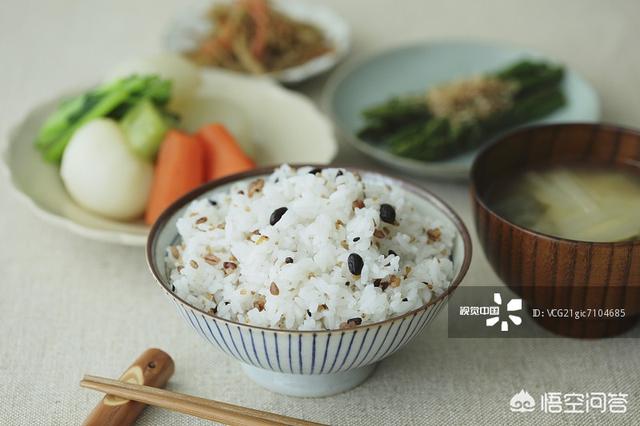
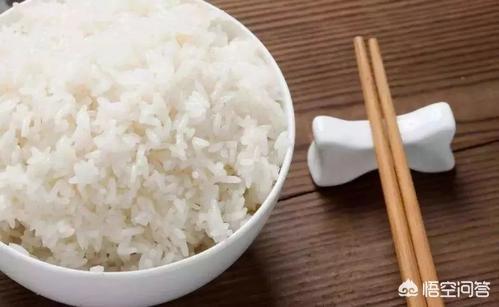
Oriental dietary structure in the proportion of rice and flour is too much, is the main factor in the rise of sugar, if diabetic patients usually eat a lot of rice, pay attention to how to eat rice is very helpful for controlling blood sugar.
First and foremost, it is essential to eat less rice.
The rice eating bowls in your house should be replaced with smaller ones, the smaller the better, there is no such thing as too small only smaller.
After switching to smaller bowls, eat up to one bowl of rice at a time, then gradually work up to half a bowl per meal.
Next, replace white rice with brown rice, don't be superstitious about red or black rice, choose brown rice with the highest dietary fiber content. You may not be used to brown rice at first, but you will love it over time. To make brown rice, you need to put more water, you can buy a rice cooker that has a special setting for making brown rice.
If you're not used to it, start by mixing in half white rice and half brown rice, and then gradually transition to all brown rice once you're used to it.
Congee can be eaten, but also to transition to drinking brown rice porridge, and do not drink more than one bowl per meal, a small bowl is good.
Finally, instead of eating rice all the time, you can have one meal without staple food and eat only vegetables and fruits, or even eat staple food only one meal a day, so as to ensure that the total intake of rice and other staple food is low, and the blood sugar can be controlled.
Rice is not the only food that is glycemic, there are carbohydrates in vegetables and fruits, in addition to sugar, which should be avoided at all costs, whether it's sugar added in cooking, or sweets and sugary drinks, which are even worse than rice.
How can diabetics eat rice to increase sugar slowly? You can start from the following three aspects.
First, change the type of rice. When it comes to rice, the first thing that comes to the mind of many people is white rice, especially refined white rice. Fine white rice is also the main staple food in our daily life. But for diabetics, refined white rice is a high GI food, which has a GI value of around 85. Glycemic rate is very fast. In order to reduce the rate of glycemic rise, you can change the simple refined white rice to mixed grain rice. For example, if you add 1/4 of lentils on top of plain white rice to make lentil rice. Its GI value drops below 70, making it a medium GI food. So changing the type of rice and replacing white rice with mixed grains is one of the effective ways to reduce the rate of glycemic rise.
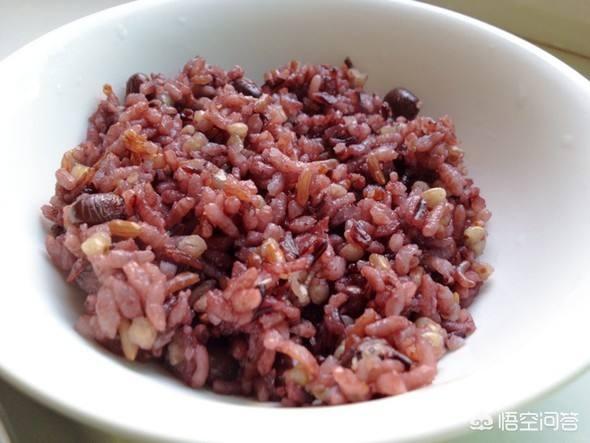
Second, changing the order in which you eat your meals can also help reduce the rate of glycemic rise. Many people eat their meals in the order of a bite of main food, then protein food, then vegetables. Diabetics are advised to adjust the order of their meals by eating vegetables first, then protein foods, and finally the main course.
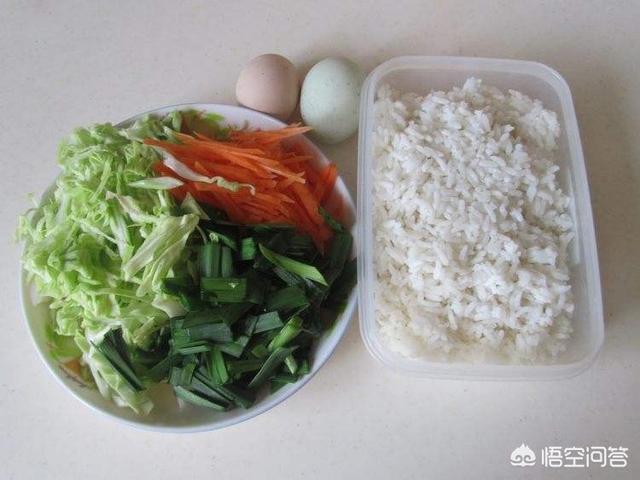
Thirdly rice with protein foods can also reduce the rate of glycemic load of the whole meal. For example, the GI value of simple rice is around 85, rice with fish GI value drops to 37, becoming a low GI food, which is very favorable to diabetics. Common protein foods that can be paired with rice are milk and eggs, meat, fish, shrimp and soy products.
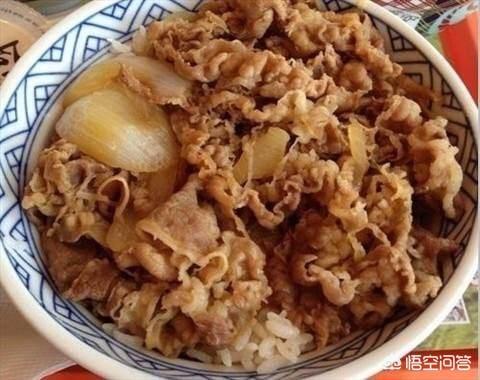
In short just do it, change the type of rice, adjust the order of meals, with protein foods. It is possible to effectively reduce the rate of glycemic rise.
Answer: Sun Jihong, Licensed Pharmacist, Registered Dietitian, Member of the Chinese Nutrition Society. Headline: Registered Dietitian Sun Jihong.
Thanks for the invitation. Rice is a very common staple in our daily lives, but rice contains carbohydrates that tend to raise blood sugar. So for diabetics, how to prepare rice to minimize the impact on blood sugar?
Here are 3 ways to "spice up" your rice and slow down the sugar rise.
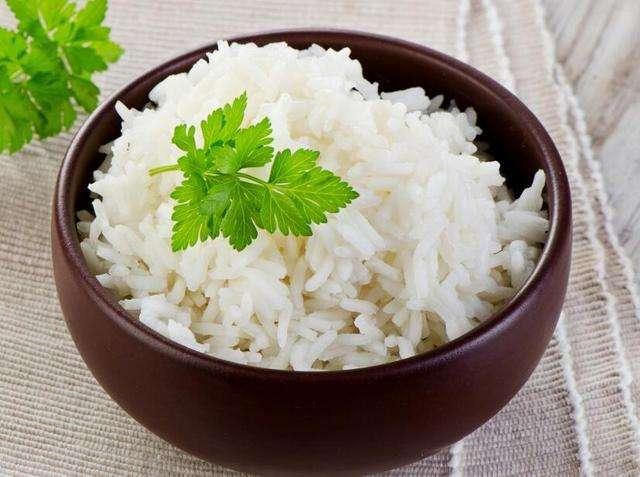
First, add some beans to the rice
Black beans, green beans, soybeans and other kinds of beans are rich in dietary fiber, but also provides a wealth of high-quality protein, can improve the feeling of satiety. The human body's digestion of beans is much slower than rice or rice porridge, with rice and beans 1:1 with cooking, can make rice or rice porridge satiety significantly increased.
Second, add some vegetables to the rice
Vegetables in the dietary fiber can increase the volume of rice, which a lot of water can dilute the energy, but also delay gastric emptying, so steam rice may wish to add some mushrooms, bamboo shoots and other dietary fiber content of food with food, both rich in nutrients, but also improve the sense of satiety.
Third, add some color to the rice
Colored rice such as black rice and purple rice has a lower GI. In addition, colored rice, such as black rice and purple rice, is rich in dietary fiber, and its outer colored layer slows down digestion, as well as providing a large amount of anthocyanin-type antioxidant components to help diabetics prevent cardiovascular disease.
For more health-related knowledge, please follow the headline: "Health Insiders", so that you can understand the things you must know about health.
"Rice every day to eat, eat not right is very fatal", this sentence for the sugar lover is more than suitable, rather than just a single limit themselves to eat less, eat less, eat less, as well as master the following 4 skills, more on the smooth blood sugar play a multiplier effect.
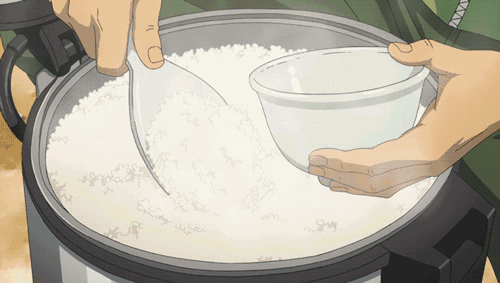
1. Add some "ingredients" to the rice.
It is recommended that sugar lovers add some oats, millet, red beans and other coarse grains when steaming rice, or white rice and corn, brown rice, purple potatoes and other coarse grains together, they are rich in dietary fiber, which helps to reduce postprandial blood sugar.
2. Cold storage
Refrigerated rice chews hard, this change is called "back to life" or "aging", this is because the rice after refrigeration produces "resistant starch", this material in the body This is because after the rice has been refrigerated it produces "resistant starch", a substance in the body that resists digestion by amylase and is absorbed more slowly and enters the bloodstream, so it is more conducive to smoothing out blood sugar, but this type of rice is hard and is not recommended to be consumed regularly by sugar patients with poor digestive function.

3. In a small bowl
The biggest advantage of using a small bowl is that you can control the amount of rice, to avoid eating too much, I remember when I was a child eating at home, all with a big bowl, with a big bowl a little inattentive rice will be more than enough rice is left for fear of wasting, to eat for fear of "suffering", into a dilemma, and for the need to strictly control the amount of rice intake of the sugar lovers, it should be more appropriate to choose a bowl that suits you. Suitable for their own bowl, it is best to choose just a fistful of rice amount of small bowl, can prevent eating too much elevated blood sugar.
4. Order of eating
Is the order of eating really that important? A large-scale experiment in Japan proved that the first to eat vegetables after eating people generally than the first to eat after eating vegetables to lower the magnitude of sugar, so the correct order of sugar friends should drink a glass of water half an hour before the meal, the meal should be the first to drink a cup of 250 ml of leafy green vegetables into the juice or vegetable broth (drink can not blanch leafy greens and mix to eat), and then get the other dishes in front of a big mouthful of food, a small mouthful of rice, rotate the Eat, the advantage of doing so is that the vegetable intake is sufficient, a strong sense of satiety, to avoid too much staple food and a lot of fat intake.
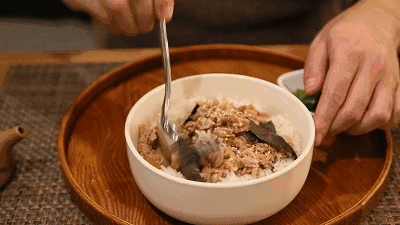
Sugar control is precious, I hope that all sugar lovers can be persistent, stabilize blood sugar from the most basic rice!
Image from the web
Author: Zhao Bo Dietitian
Copyright: This article is original, without permission, is strictly prohibited from reproducing
Question 1: Is it true that many people say that if you have diabetes, it's best to stop eating rice?
Of course not, although rice has a higher glycemic index, the body's energy comes from the digestion of food carbohydrates. If you don't consume staple foods for a long time, your body will gradually lose weight and you will have no energy. Still need to ensure a certain amount of staple food intake.
Question 2: So how can I eat rice without my blood sugar going over the limit?
White rice has a GI of 83.2, making it a high GI food.
And what is a GI value?
The GI value is the glycemic index, which refers to the percentage value of the blood glucose response level of food containing equal amount (50g) of carbohydrates and equal amount of glucose within 2 hours, it reflects the ability and speed of food to raise postprandial blood glucose, the larger the GI value of the food, the stronger the ability to raise postprandial blood glucose, and the faster the speed.
GI < 55 is a low GI food
55-70 for medium GI foods
GI > 70 is a high GI food
White rice has a GI of 83.2, which is greater than 70 and has a high glycemic capacity.
Question 3: So what can we do to lower the GI of white rice?
1, rice selection indica rice
Indica rice has a relatively low content of branched-chain starch and a relatively slow rate of sugar increase compared to japonica rice. Indica rice is generally long oval or elongated rice grains, hard taste, less viscous, generally found in the southern two lakes, Jiangsu and Zhejiang and other regions.
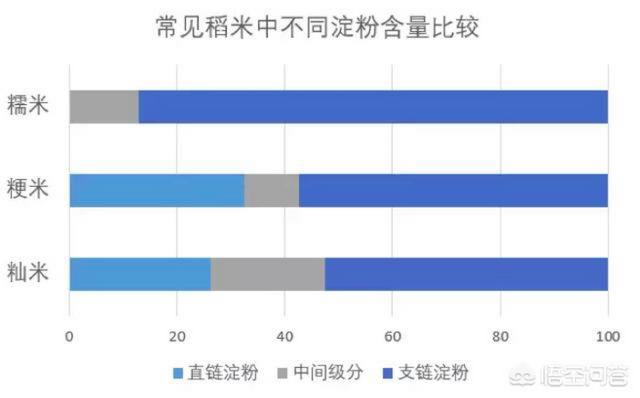
2. Simple is good
We can choose less processed rice with slower sugar rise. According to the degree of residual rice embryo as well as residual skin layer on the surface and back grooves of rice grains after processing, rice can be categorized into grades 1, 2, 3 and 4, and the smaller the grade number is, the higher the processing precision of the rice, and the quicker the glycemic rise. In addition, there is brown rice on the market, this is a kind of only stripped hulls, retained the hulls, paste powder layer and other parts of the rice, effectively reducing the loss of B vitamins, minerals and other nutrients in the refining process, this rice is the slowest glycemic.
3, with coarse grains, mixed beans
The ratio of grains and beans to rice is recommended to be between 1:2 and 1:3. Mixed grains and beans are rich in dietary fiber, which can effectively slow down the rise of blood sugar, such as oats, barley, red beans, mung beans and so on.
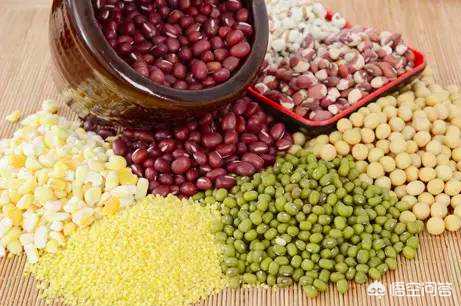
4. Increase protein in staple foods
You can use soy milk to steam rice. Both can reduce the GI value of rice, slow down the speed of blood sugar rise, and can make up for the lack of rice nutrition, enrich the nutritional value of rice.
5, appropriate less water
Make the rice slightly hard, not too rotten. If too much water is added, it tends to make the rice mushy and speeds up the sugar rise.
6、High and low GI value collocation
Eat with vegetables and meat dishes. Eating vegetables first, then meat dishes and finally rice can effectively slow down the rise in blood sugar.
The above six points for the reference of sugar lovers, so that our rice to become the "fighter" in the rice!
If you agree with my answer, please move your finger to like me!
To learn more about diabetes, stay tuned!microsugar。
The above answer is provided by Ms. Song Mingyue, a registered dietitian of MicroSugar
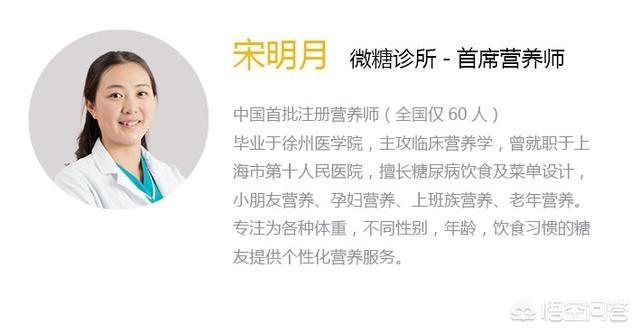
Thanks for the invite.
Sugar lovers pay the most attention to is how to be able to maintain their blood sugar stable, and now the white rice through the process of processing more fine, in the process of the loss of bran composition is higher, and the consequent loss of dietary fiber is higher, so it is more likely to let the starch in it break down into glucose to be absorbed, and rice as a kind of starch content of the food, so more to eat white rice on the postprandial blood glucose may have a not inconsiderable impact. So how exactly is it better to eat rice?
1. It is best not to cook porridge, more in the form of dry rice to eat rice and water for a long time boiled into a porridge, porridge this form of soft and easy to digest, which the degree of starch pasteurization is also higher, meaning that starch is more easily converted to glucose to be digested and absorbed, so the porridge is a big user of sugar, it is best not to porridge in the form of staple food. Even if the porridge cooking time should not be too long, would rather eat watery porridge, do not eat the very sticky porridge (this porridge starch pasteurization is higher, easy to raise blood sugar).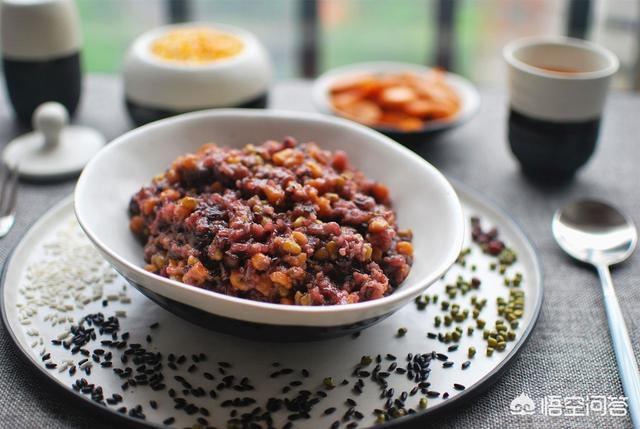
2. rice more added grains mixed beans mixed food grains mixed beans rich in dietary fiber, which beans starch glycemic speed is not so fast, mixed with rice to eat not only can provide dietary fiber to help slow down the rate of glycemic speed, but also able to provide a richer minerals, rich in nutrients. Do not have to add too much, probably add a 1/3 or so is about the same, if digestion and absorption is poor, gastrointestinal discomfort friends can add 1/4. in addition can also be rich in dietary fiber at the same time there are rich in starch potato food instead of as a staple food.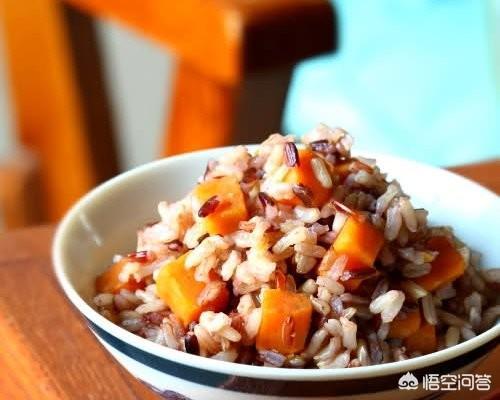
3. more with meat and vegetables to eat together with eating rice do not just focus on eating, a mouthful of rice and a mouthful of vegetables with a mouthful of meat, mixed with eating, vegetables are also rich in dietary fiber, food with eating together, helps to reduce the starch and amylase contact opportunities, so that the starch is not easy to be broken down into glucose to be absorbed, and can be smooth postprandial blood glucose.
Also, staple foods should not be eaten in excess, a meal of about a small full bowl is enough, if you eat potatoes, about half a dozen sweet potatoes, a couple of small knobbly yams, and 3 small pieces of potatoes is about right. Eating too many staple foods will also allow glucose to build up and have an effect on blood sugar.
Thanks for the invitation to share 4 ways how diabetics can eat rice to slow down their sugar rise:
1In general, long-grain rice is recommended over round-grain rice.The main staple foods in life are indica rice and japonica rice, and most of the long-grain rice that we often talk about is indica rice, while most of the round-grain rice is japonica rice. The viscosity of long-grain rice is worse than that of round-grain rice, mainly because of its high content of straight-chain starch and low content of branched-chain starch (The more branched starch you have, the faster you gain sugar.). That's why it's recommended to go withLong Grain Rice.
2, rich variety, you can with mixed beans or mixed grains to make rice; replace rice with mixed grain rice, such as red beans and barley rice, brown rice oatmeal rice is rich in dietary fiber, can delay the rise of blood sugar after meals, while increasing satiety, it is recommended that sugar lovers cooking rice, add 1 / 3 of coarse grains.
3. Change the cooking method and steam the rice to let it cool,Or chill in the fridge for fried rice; When rice is cooled and refrigerated, the structure of the starch changes and the amount of resistant starch increases. Resistant starches are a class of hard-to-digest starches, which slows the rise in blood sugar.
4. Combine protein foods and vegetables while changing the order of meals;Adjust the order of your meals by eating vegetables first, then protein foods, and then the main course last, eating rice a little slower and not taking the first bite.
Summary: Sugar Lovers Rice Eating
Eat hard, eat mixed, eat slow.
The glycemic index (GI) is mainly used to describe the effect of a food on postprandial blood glucose after eating it. The higher the GI of a staple food, the higher the blood glucose level after eating and the more unfavorable it is for blood glucose control; on the contrary, the lower the GI, the more favorable it is for blood glucose control. It is self-evident that it is best for sugar lovers to choose staple foods with low GI.
What are some staple foods that are low on the raw glycemic index?
It is generally believed that GI <55 is low GI food, GI between 55~70 is medium GI food, and GI>70 is high GI food. The GI of common white rice, white steamed buns, white noodles, white rice porridge, etc. is usually 80~90, which is the highest GI food and should be eaten as little as possible by sugar lovers. As far as possible, staple foods with low GI should be the mainstay, as illustrated in the chart below:
Food Name GI Food Name GI
Black Rice Porridge 42.3 Soy 18
Cornmeal congee 50.9 Five-spice fava beans 16.9
Noodles (whole wheat flour, fine) 37 Red beans 26
Noodles (white, thin, boiled) 41 Mung beans 30
Cooked barley grain 25 lentils 38
Cooked rye grain 34 Black-eyed peas 42
How to Eat Rice for Diabetics with Slow Glycemic Glycemia?
The glycemic index of rice is 83.2, which is a high GI food. When rice meets pork, the GI is 73.3; when it meets lentils, the GI is 68.9; when it meets garlic scapes, the GI is 57.9; and when it meets fish, the GI is 37.0. It is clear that staple foods combined with fish, shrimp, meat, eggs, or vegetables will lower the glycemic index. On weekdays, you can also choose this "mix and match" to eat rice.
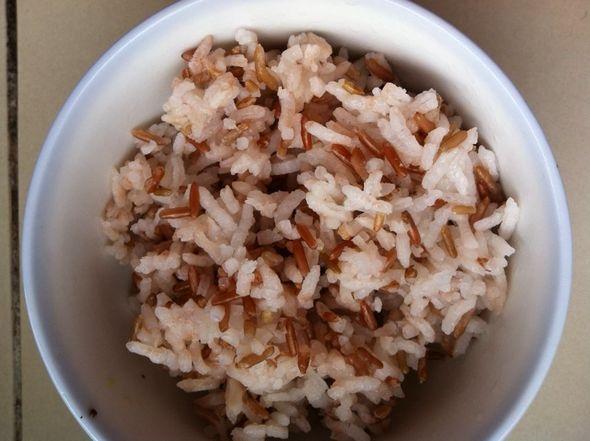
What's more, adding a little bit of coarse grains such as brown rice, red beans, oats, or high-fiber vegetables such as mushrooms and kelp when making rice will add ingredients and also lower the glycemic index. As for the ratio, you can proportion white rice to mixed grains according to how well you accept mixed grains, e.g. 1:1, 1:2, 1:3 are all acceptable.
Of course, the rice should be steamed a little harder, a little cooler before consumption, will be less easy to digest, can also reduce the glycemic index Oh. (Please ignore if you have a weak stomach)
Don't eat white rice all the time!
In 2002, U.S. research found that white rice was the food that increased the risk of type 2 diabetes.
Why does white rice increase the risk of diabetes? Because finely ground white rice, without much chewing, easy to digest, will make the postprandial blood sugar rises rapidly, if there is not enough exercise to burn off this blood sugar, insulin resistance is not strong, then after the meal, the body will always be in a high blood sugar state.
Some people question, Chinese ancestors have been eating rice for thousands of years, and have not seen diabetes ah. Why is that? First of all, it is important to realize that 30 years ago, most of us still ate brown rice. Not to mention our ancestors, it was definitely brown rice. Also, there was a lot of activity back then, unlike now, when we basically don't exercise much, so where do we go to burn energy?
Sugar lovers should focus on staple foods with a low glycemic index, but nevertheless need to control the amount of intake. If you can have half of the whole grains and legumes in your daily staple food, that would be the best. Not only can they help control weight, reduce belly fat, and prevent constipation, but they can also be used as a dietary supplement.
It also helps control blood sugar!
Click on the upper right corner of the blue button [attention], every day to share with you comprehensive knowledge of health science!
This question and answer are from the site users, does not represent the position of the site, such as infringement, please contact the administrator to delete.